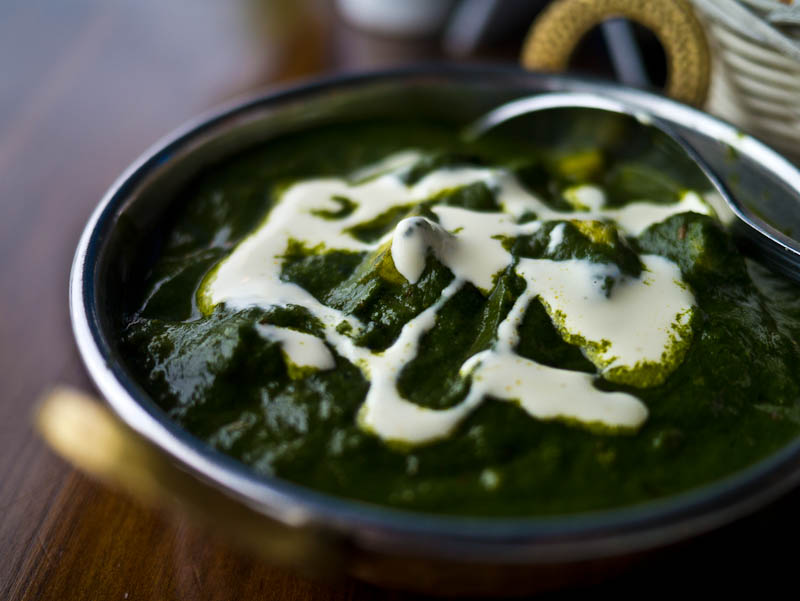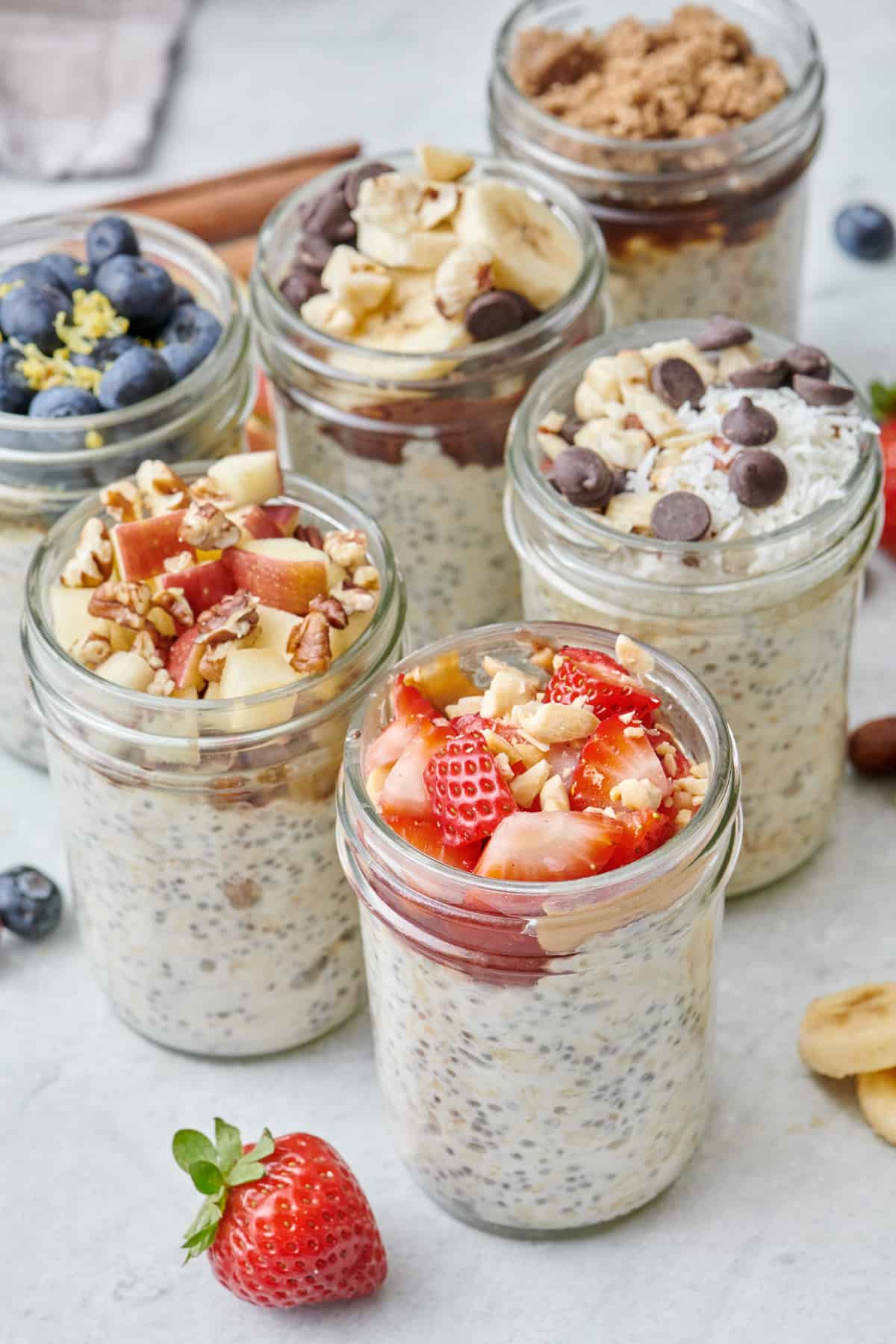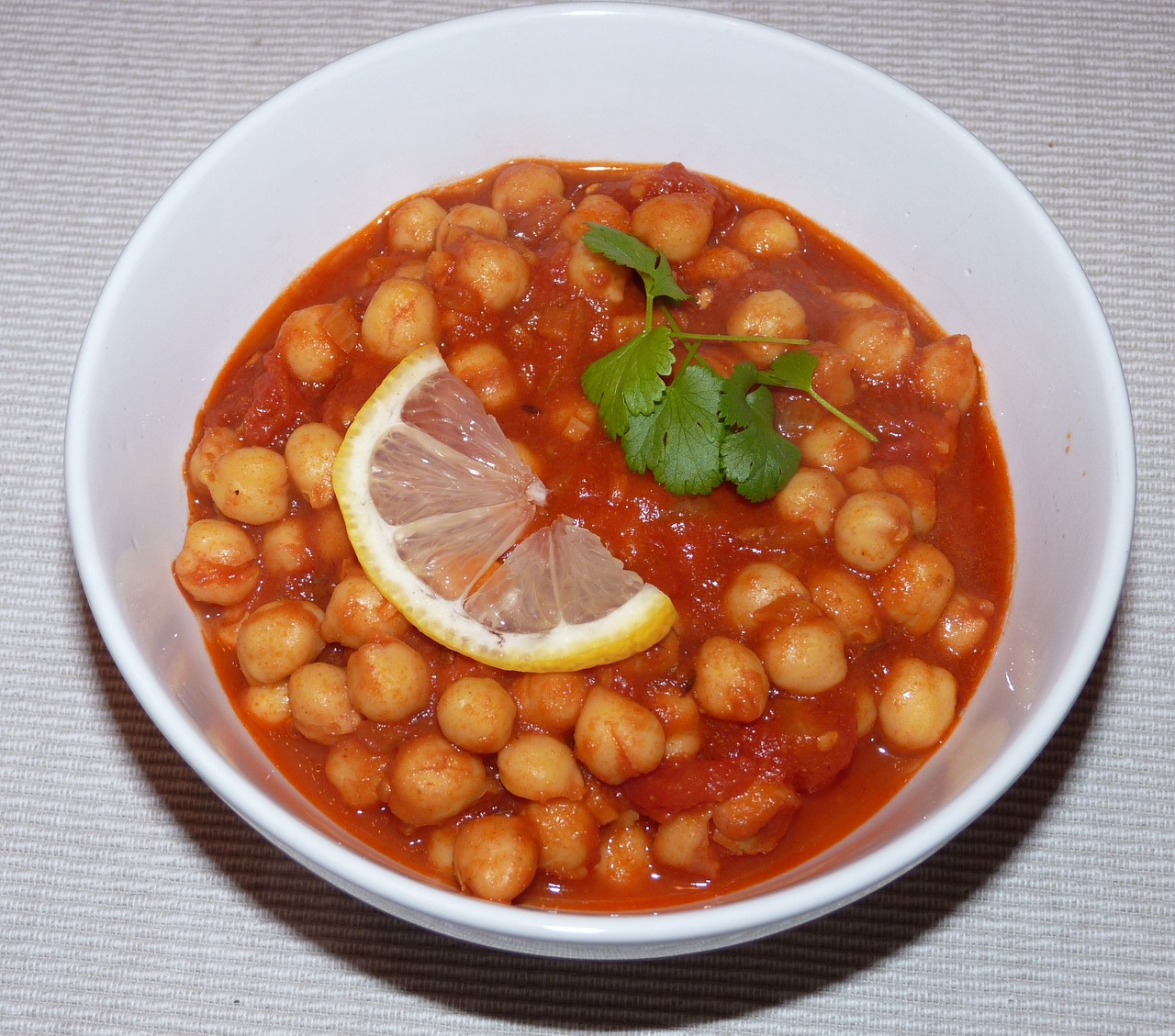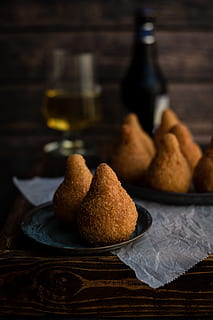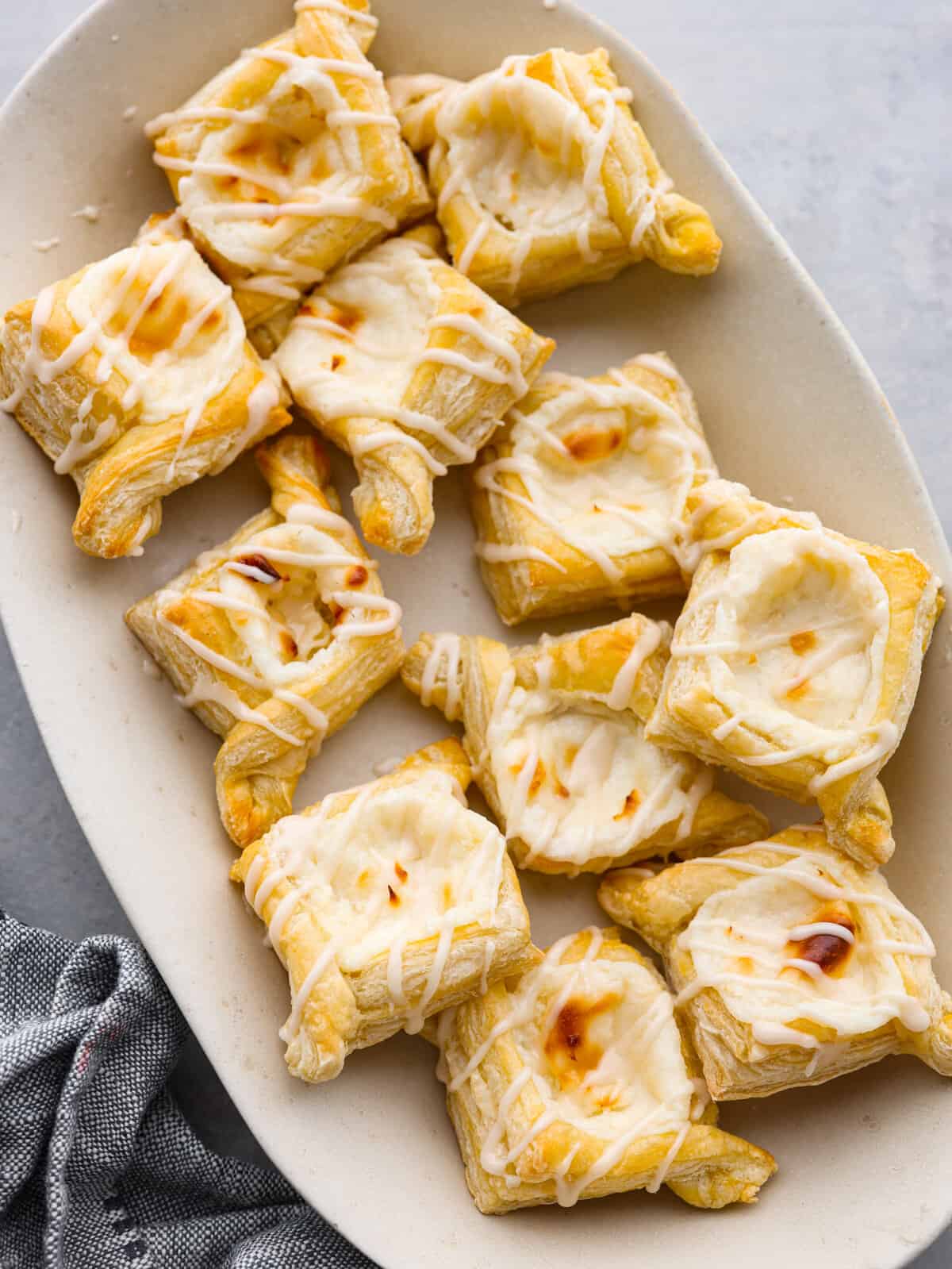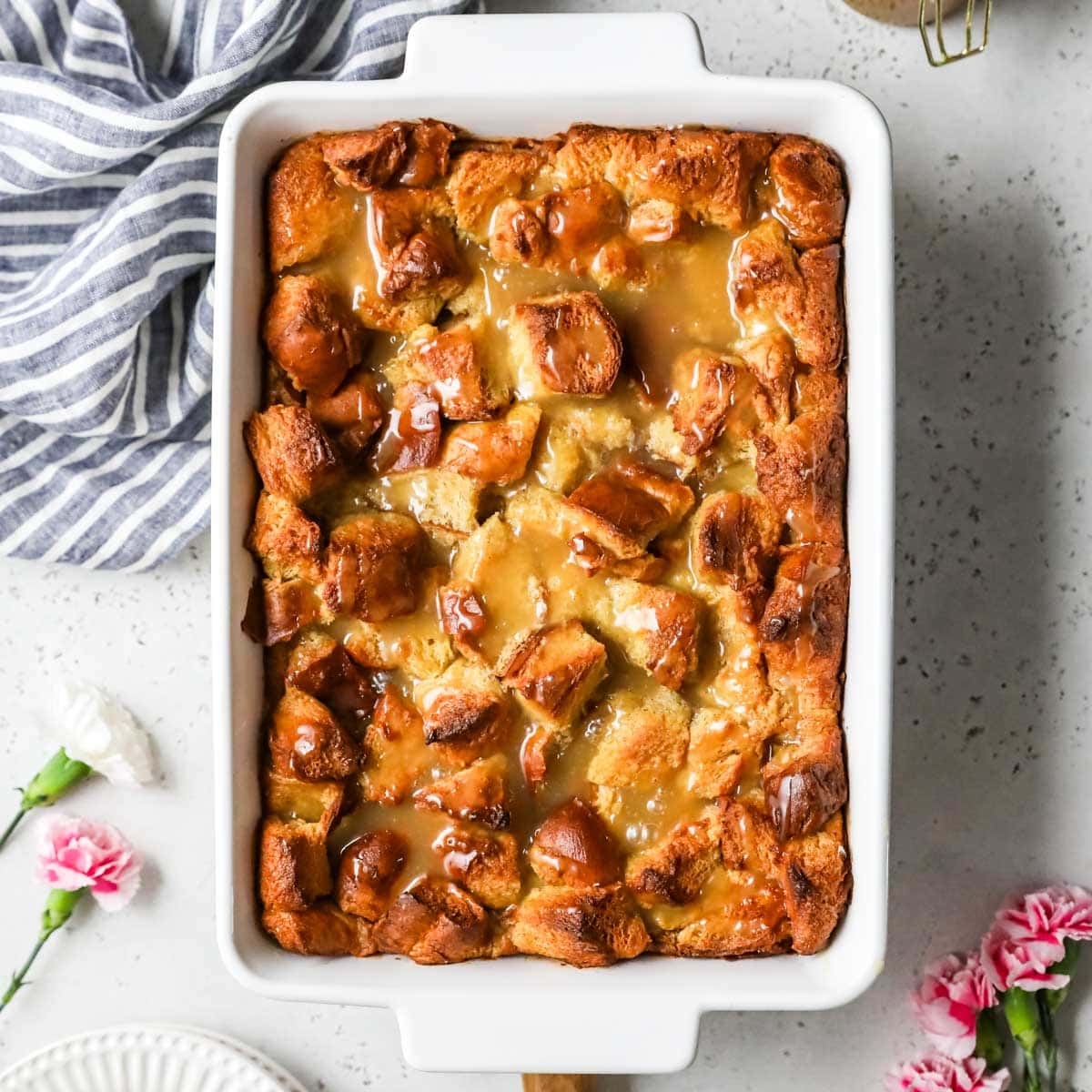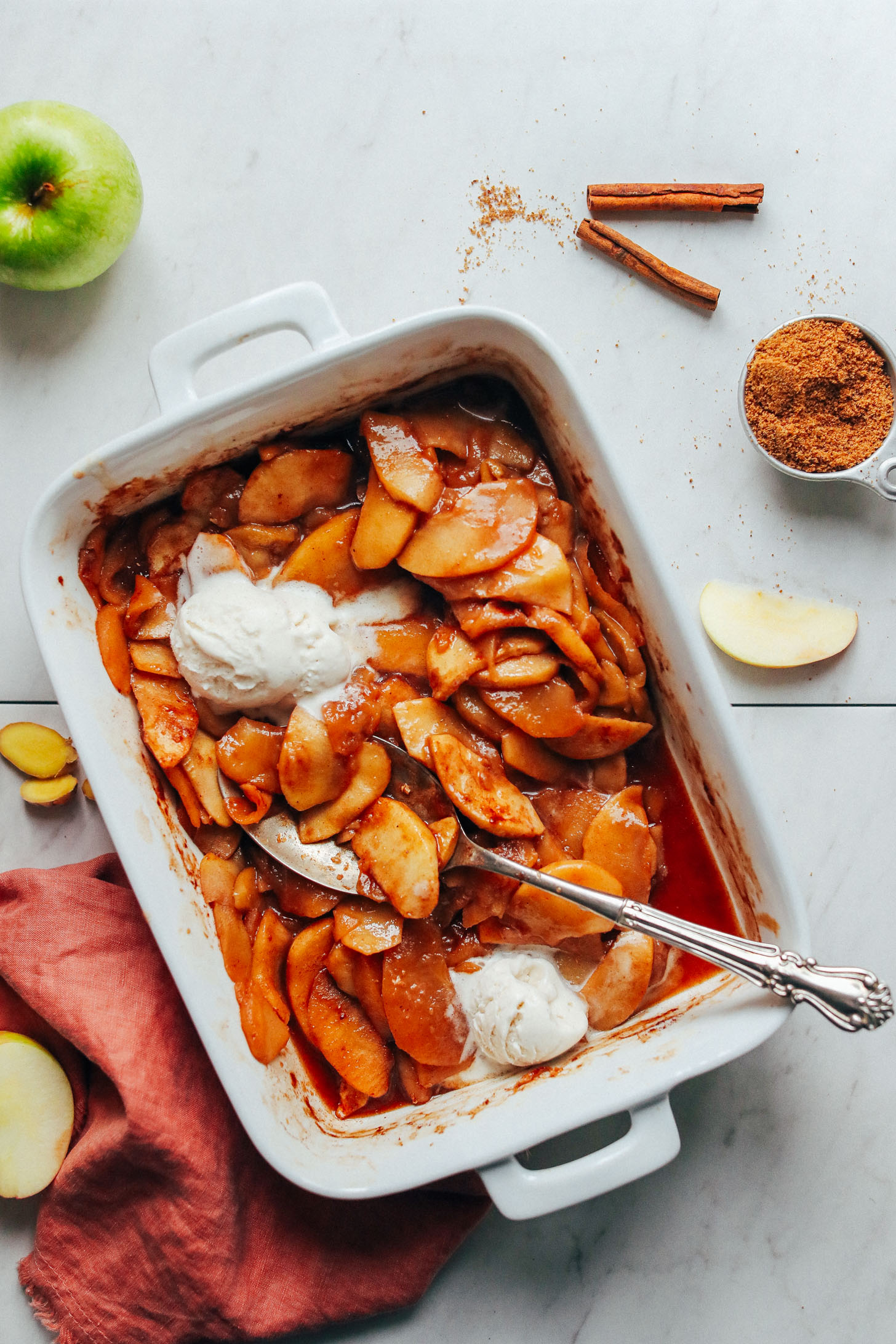
Introduction:
Samosas are a beloved Indian snack that is not only delicious but also packed with flavor and spices. Originating from the Indian subcontinent, these savory pastries have become popular worldwide for their crispy exterior and flavorful filling. In this recipe post, we will guide you through making your own homemade Indian samosas that are sure to impress your family and friends.
Origin and History Of This Recipe:
The samosa originated in the Middle East and Central Asia before making its way to the Indian subcontinent. Introduced by Persian traders, the samosa quickly became a popular snack in India, where it was adapted to include the spicy fillings we know and love today.
Things To Expect In This Post Article:
In this post, we will cover everything you need to know to make delicious Indian samosas at home. From a detailed list of ingredients to step-by-step preparation instructions, we have got you covered.
Ingredients List:
- 2 cups all-purpose flour
- 2 tablespoons vegetable oil
- 1/2 teaspoon salt
- Water
- 2 potatoes, boiled and mashed
- 1/2 cup green peas
- 1 teaspoon cumin seeds
- 1 teaspoon garam masala
- 1 teaspoon coriander powder
- 1 teaspoon turmeric powder
- Salt to taste
- Oil for frying
Preparation Steps:
- In a mixing bowl, combine the flour, vegetable oil, and salt. Gradually add water and knead the dough until it is smooth and elastic. Cover and let it rest for 30 minutes.
- In a pan, heat oil and add cumin seeds. Add the mashed potatoes, green peas, and spices. Cook until the mixture is well combined.
- Divide the dough into small balls and roll out each ball into a circle. Cut each circle in half.
- Fold each half into a cone shape, fill with the potato mixture, and seal the edges with water.
- Heat oil in a pan and fry the samosas until golden brown and crispy.
- Serve hot with chutney or sauce of your choice.
Cooking Time & Servings:
Preparation Time: 20 minutes
Cooking Time: 20 minutes
Total Time: 40 minutes
Servings: 6
Personal Touch:
Growing up in India, samosas were a staple snack at family gatherings and celebrations. The aroma of spices filling the kitchen as my grandmother made fresh samosas is a memory that I cherish to this day. Making samosas at home allows me to recreate those special moments and share this delicious snack with my loved ones.
Nutritional Information:
Per Serving:
Calories: 220
Fat: 8g
Carbohydrates: 30g
Protein: 5g
Health Conditions And People To Avoid This:
Individuals with gluten intolerance or sensitivity should avoid samosas made with all-purpose flour. Additionally, those with potato allergies should steer clear of this dish.
Nutrition and Benefits To The Body:
Potatoes are a good source of vitamin C, B6, and potassium. Peas are rich in fiber and protein, making this dish a nutritious snack option.
Disadvantages:
Excessive consumption of fried foods like samosas can lead to weight gain and increased risk of heart diseases. It is best enjoyed in moderation.
Tips and Tricks:
- Add a pinch of chaat masala to the potato filling for an extra burst of flavor.
- For a healthier alternative, bake the samosas instead of frying them.
- Serve with a side of mint chutney or tamarind sauce for a delicious combination.
Equipment Needed:
- Mixing bowl
- Rolling pin
- Frying pan
- Slotted spoon
Variations or Substitutions:
- For a vegan version, omit the ghee and use vegetable oil instead.
- Add diced carrots or bell peppers to the potato filling for added crunch and flavor.
Serving Suggestions:
- Serve hot samosas with a side of coriander chutney and sweet tamarind sauce.
- Pair with a cup of masala chai for a perfect snack.
Storage and Reheating Instructions:
Store leftover samosas in an airtight container in the refrigerator for up to 3 days. Reheat in the oven at 350°F for 10-15 minutes or until heated through.
Conclusion:
Making Indian samosas at home is a rewarding experience that allows you to enjoy the flavors of this traditional snack. Try this recipe and share your feedback with us. We hope you enjoy making and eating these delicious samosas!
Frequently Asked Questions (FAQs):
Q: Can I freeze the samosas before frying them?
A: Yes, you can freeze the assembled samosas and fry them when ready to eat.
Q: Can I use whole wheat flour instead of all-purpose flour?
A: Yes, you can substitute whole wheat flour for a healthier option.
Q: What are some variations to the traditional potato filling?
A: You can try filling the samosas with minced meat, lentils, or paneer for different flavors.
Q: How do I prevent the samosas from becoming soggy?
A: Ensure the oil is hot enough before frying the samosas to achieve a crispy texture.
Q: Can I bake the samosas instead of frying them?
A: Yes, you can bake the samosas in a preheated oven at 400°F for 20-25 minutes until golden brown.
